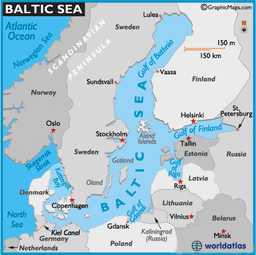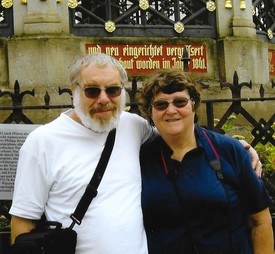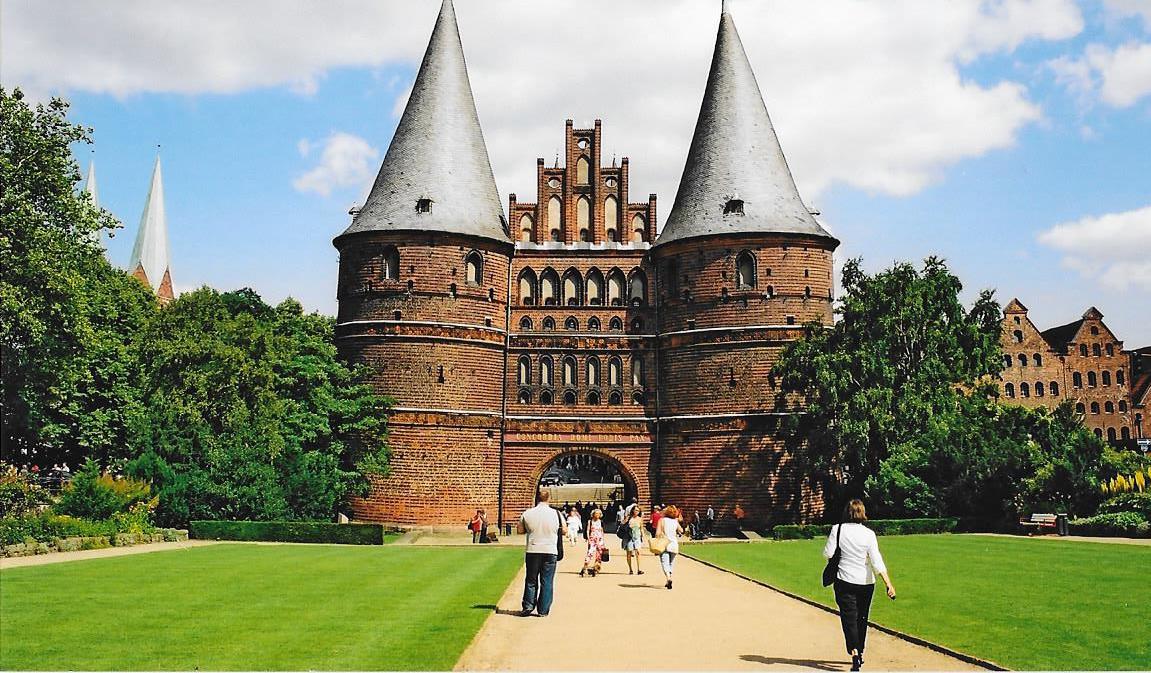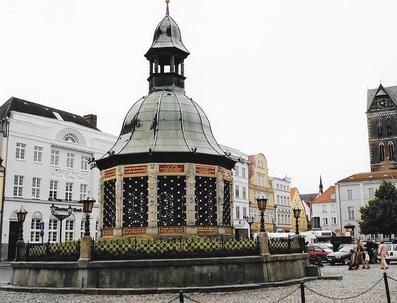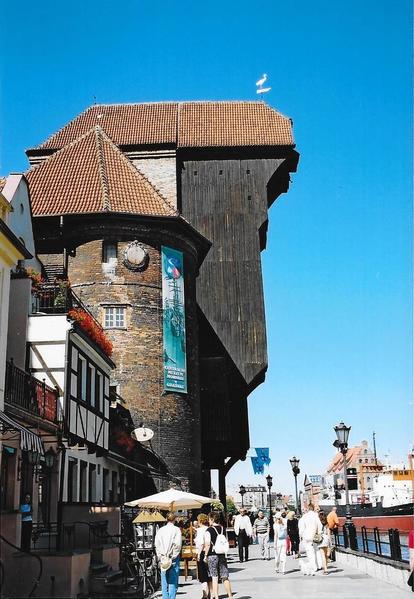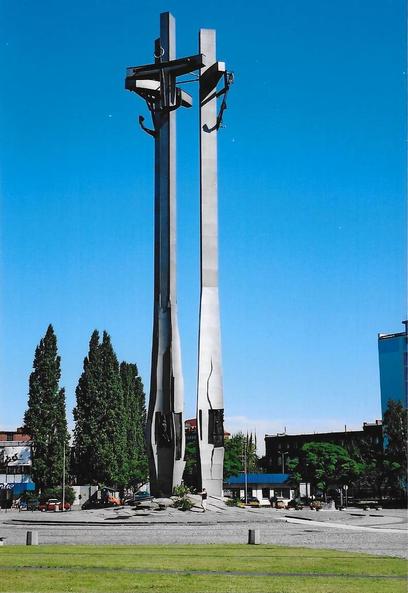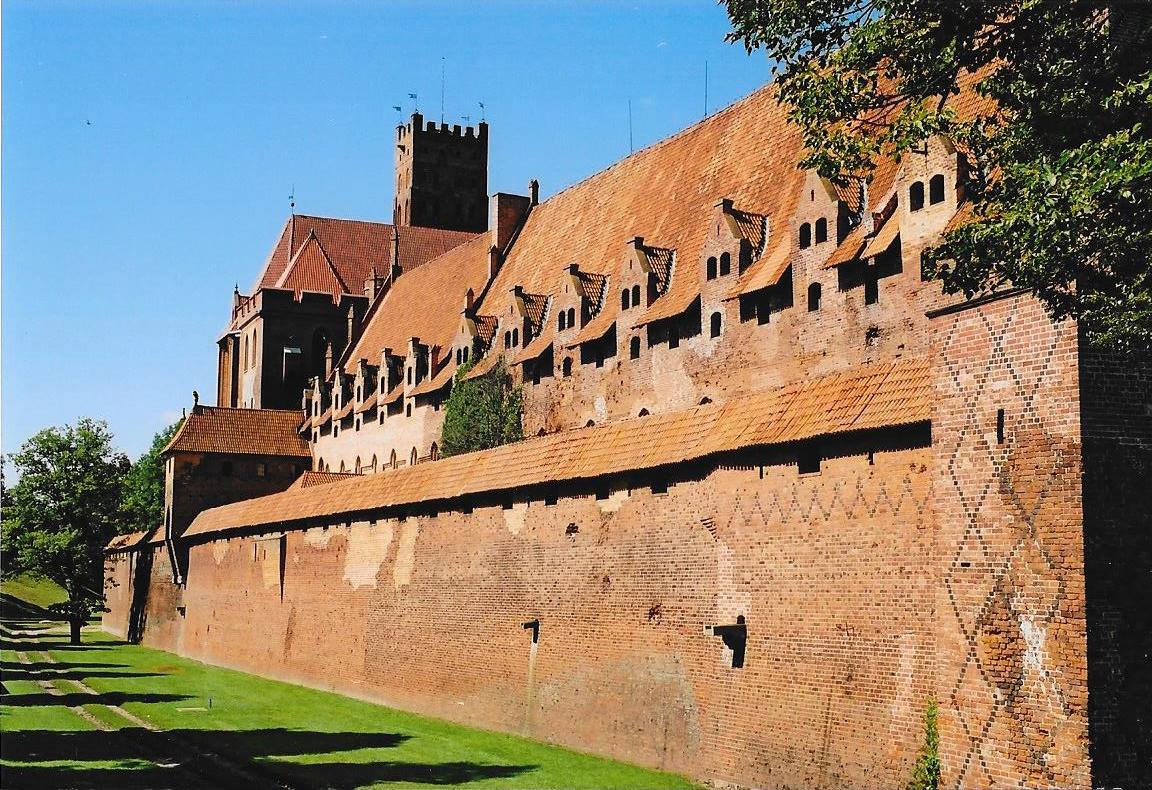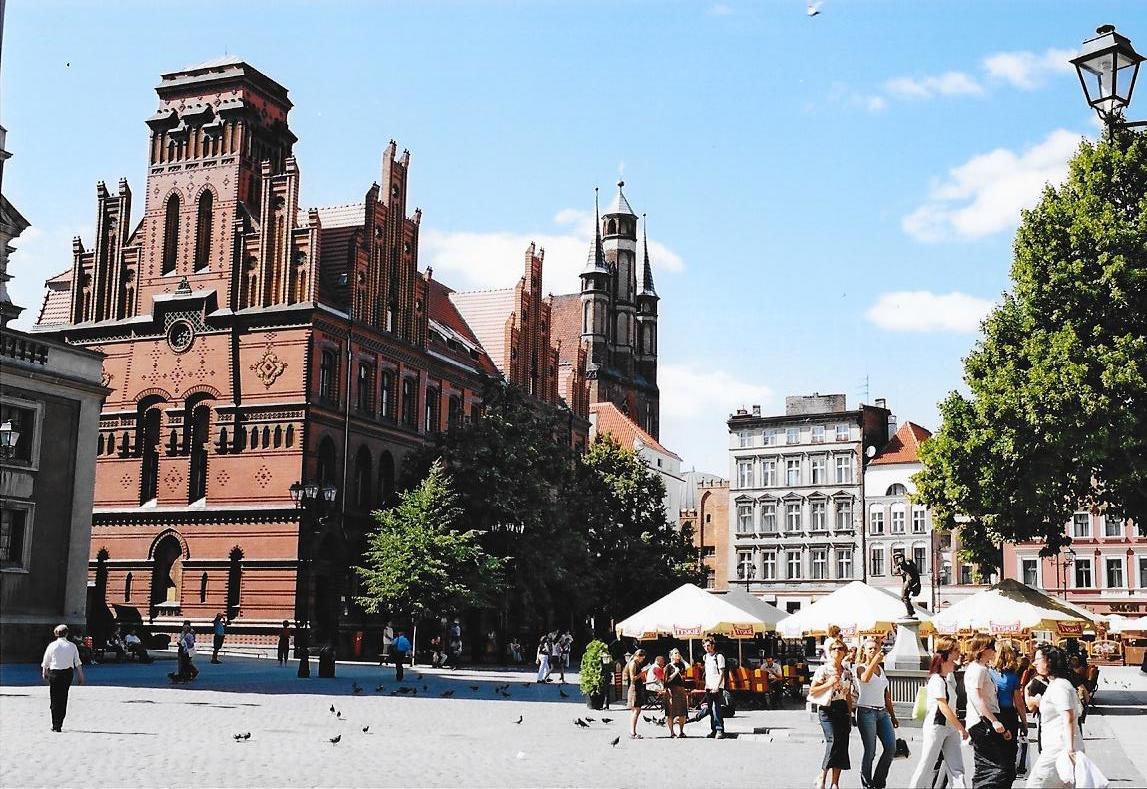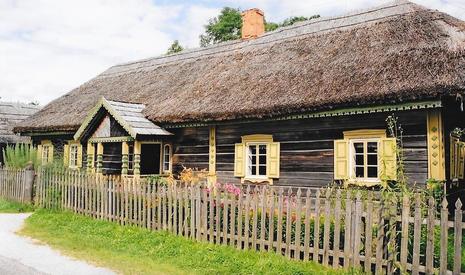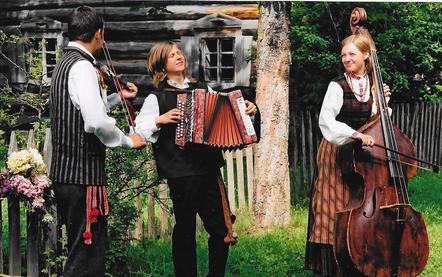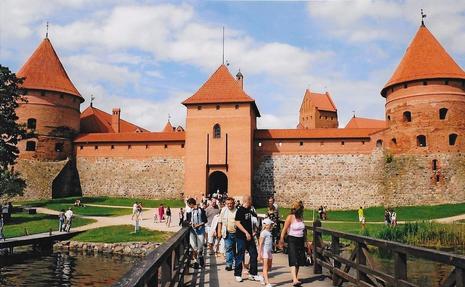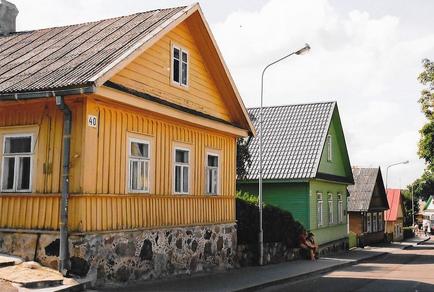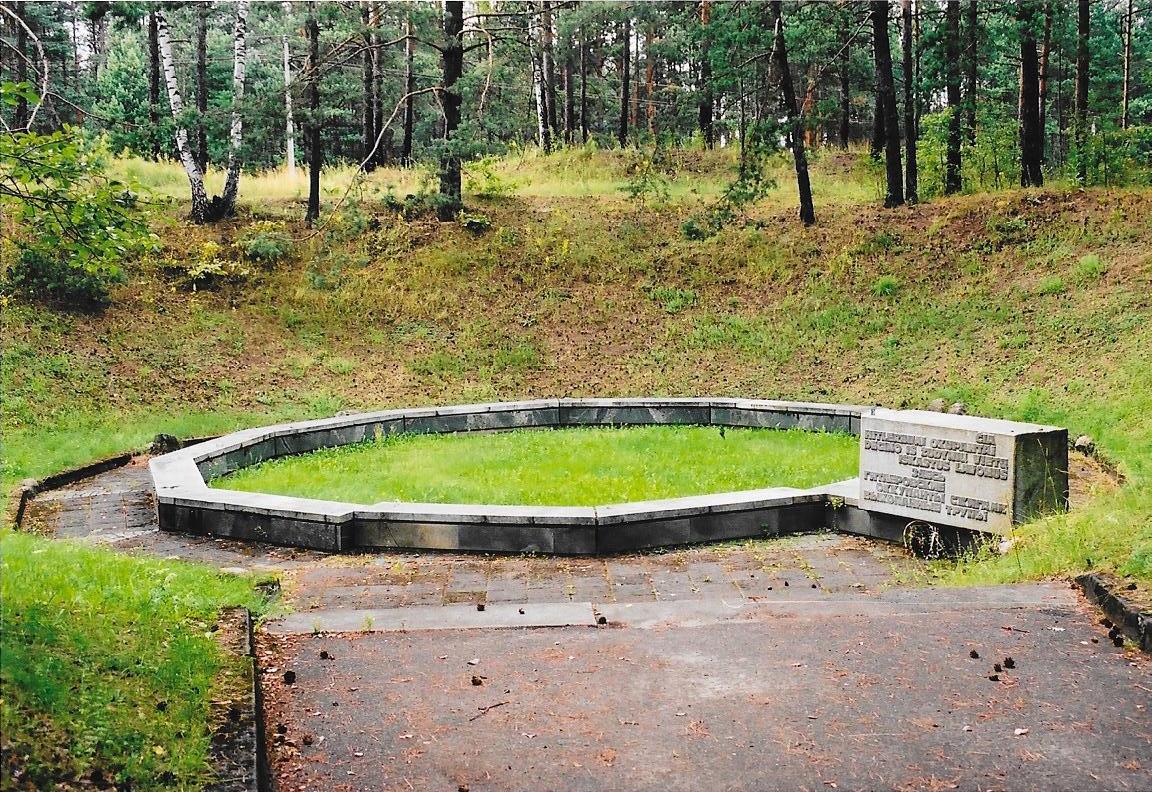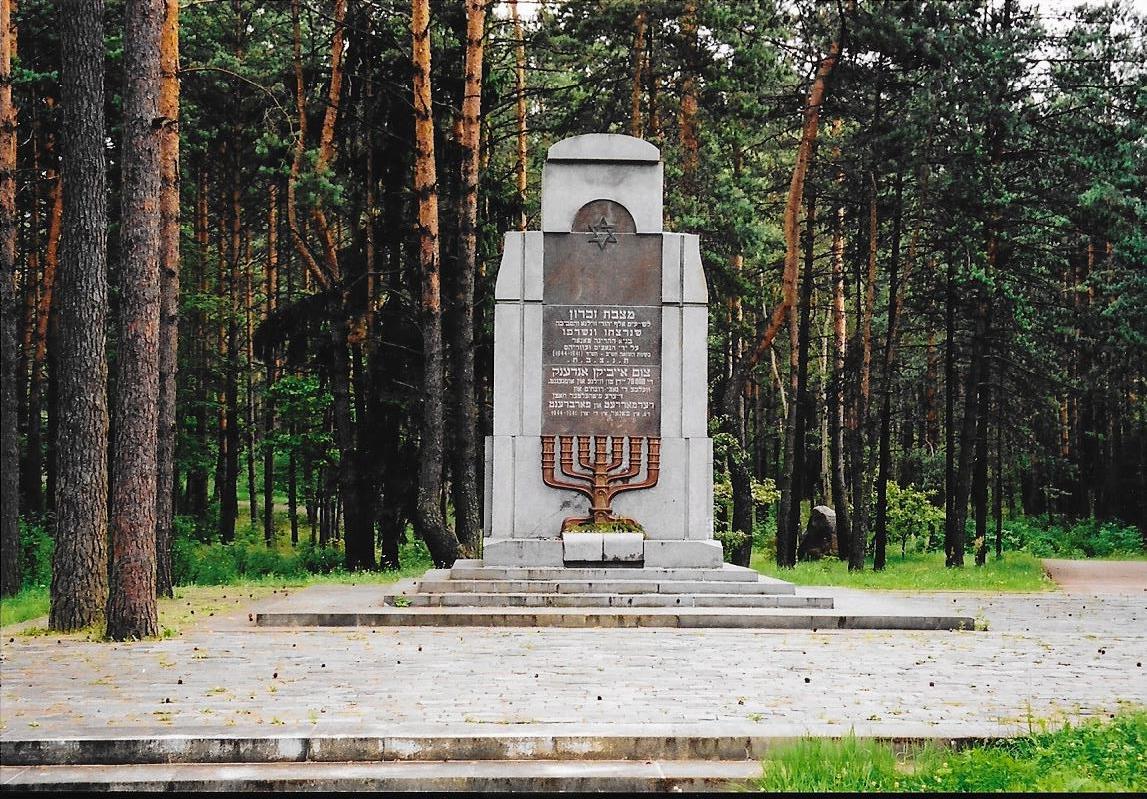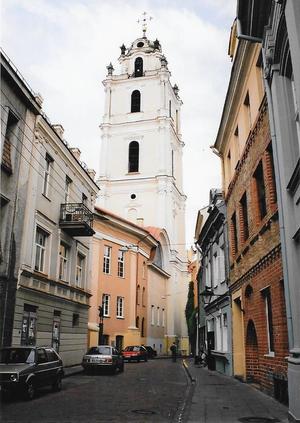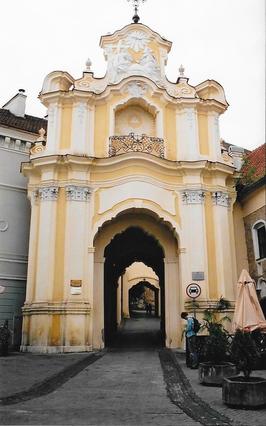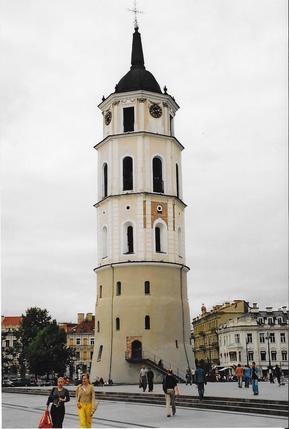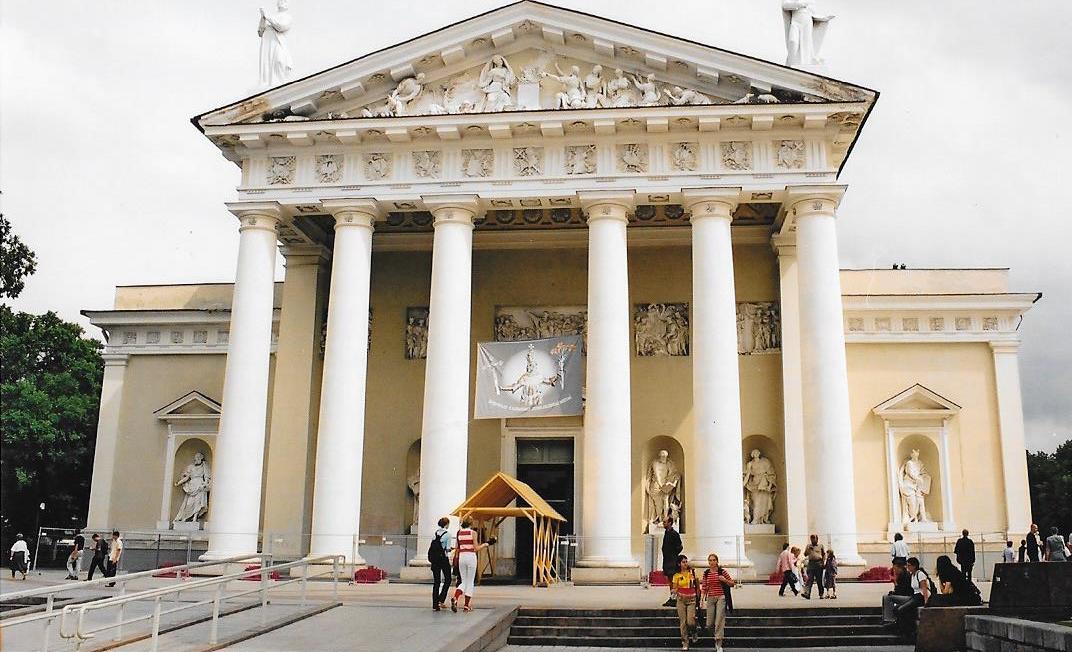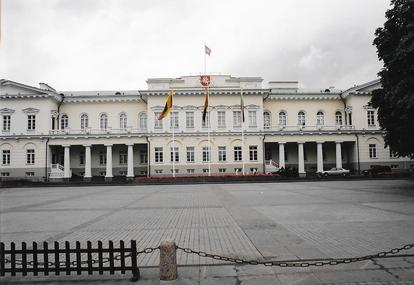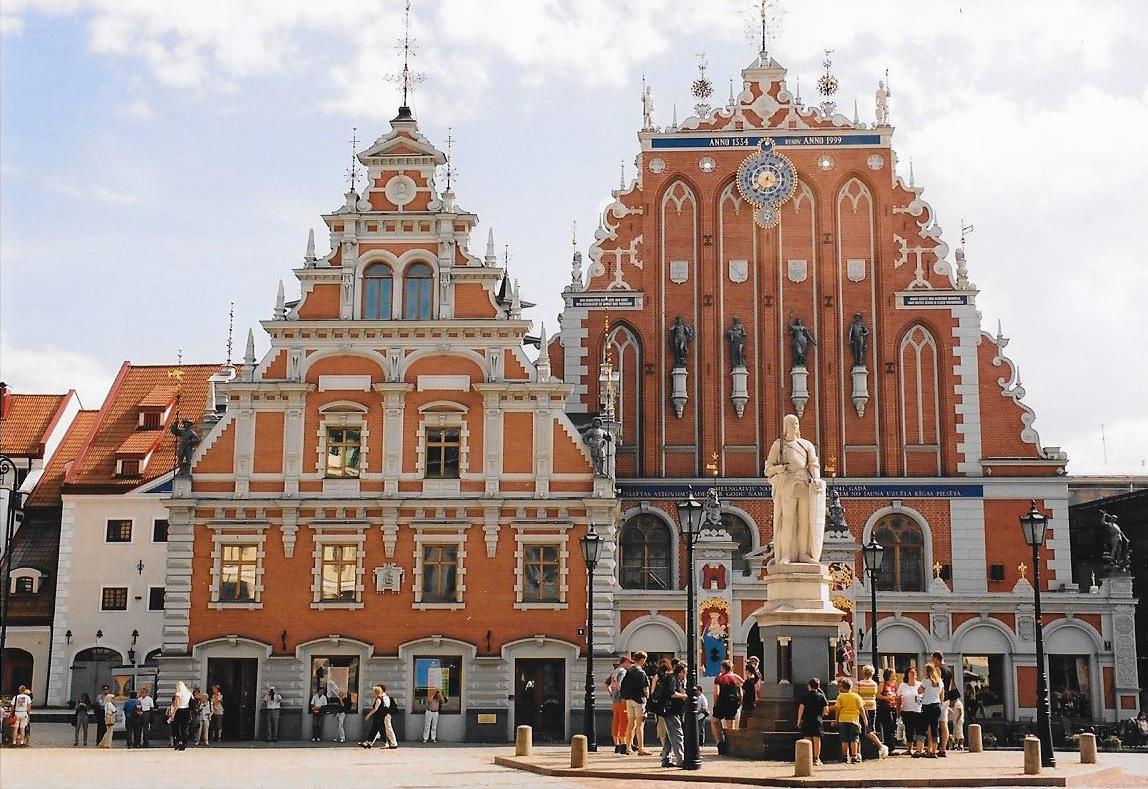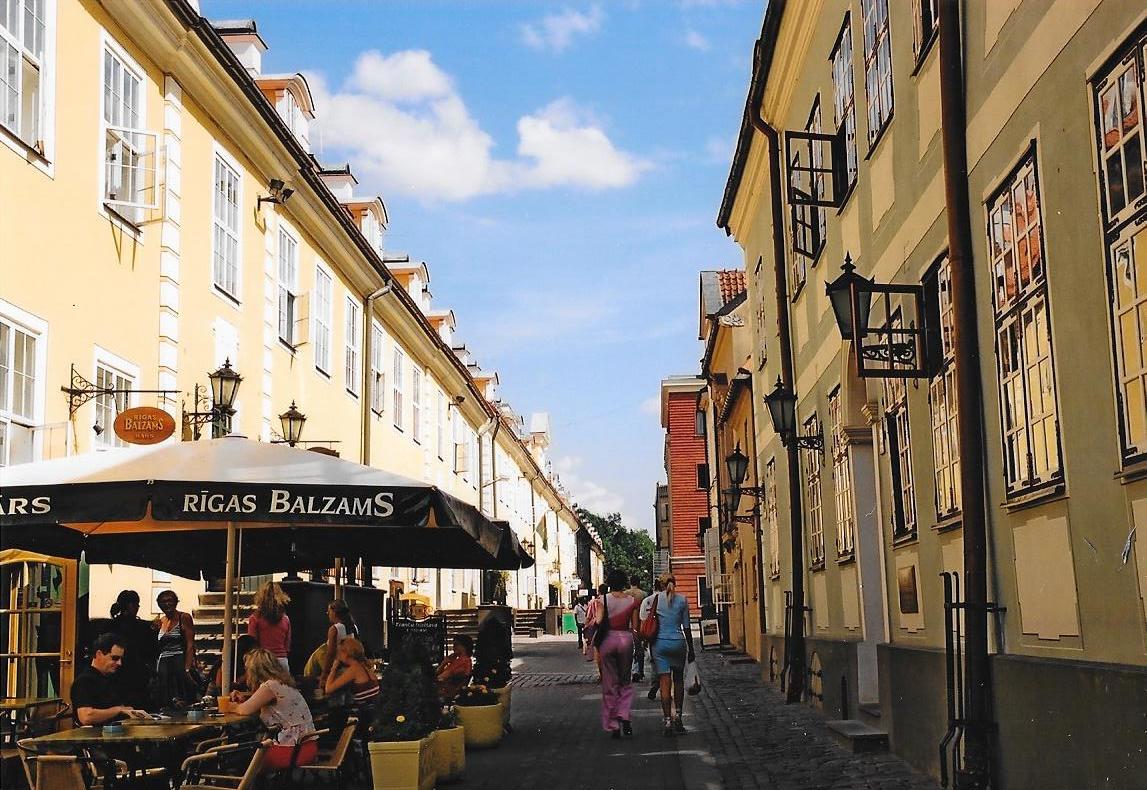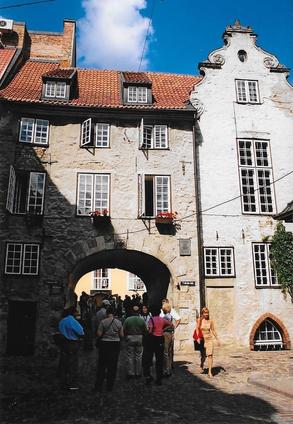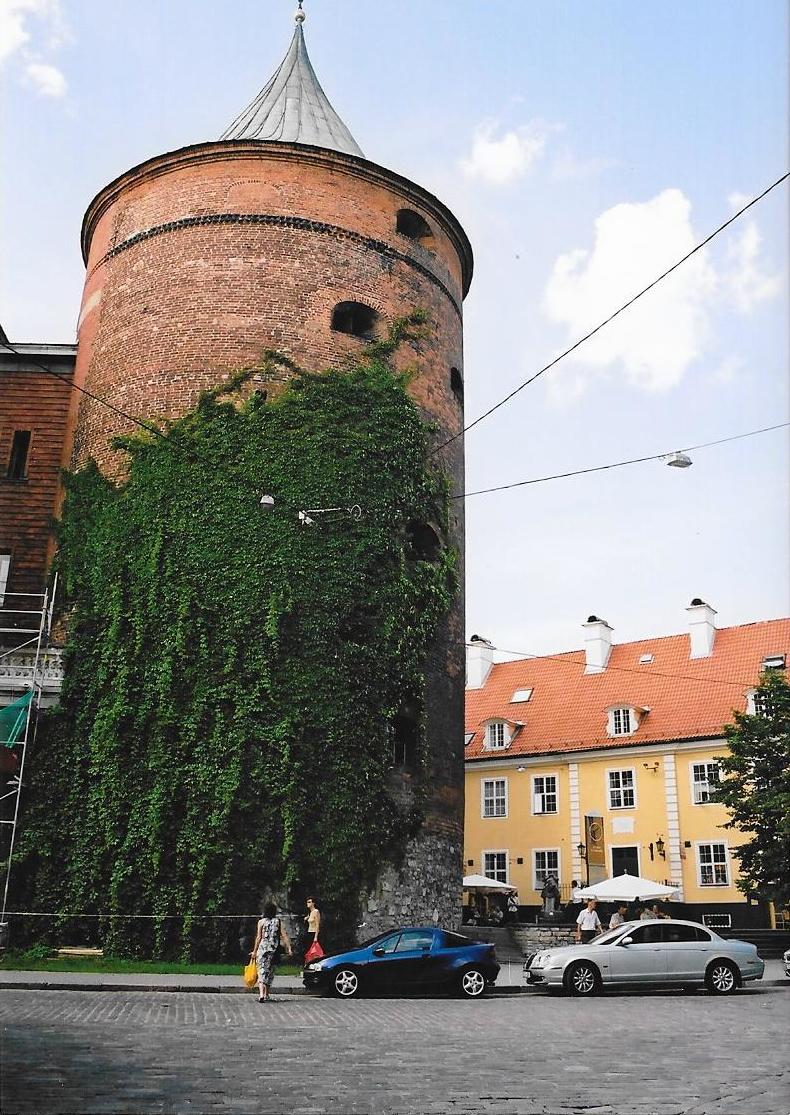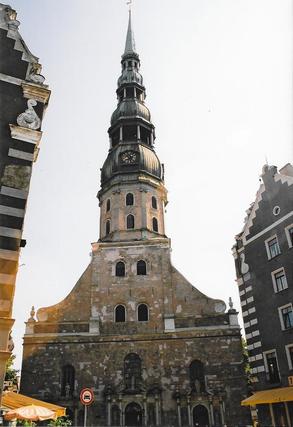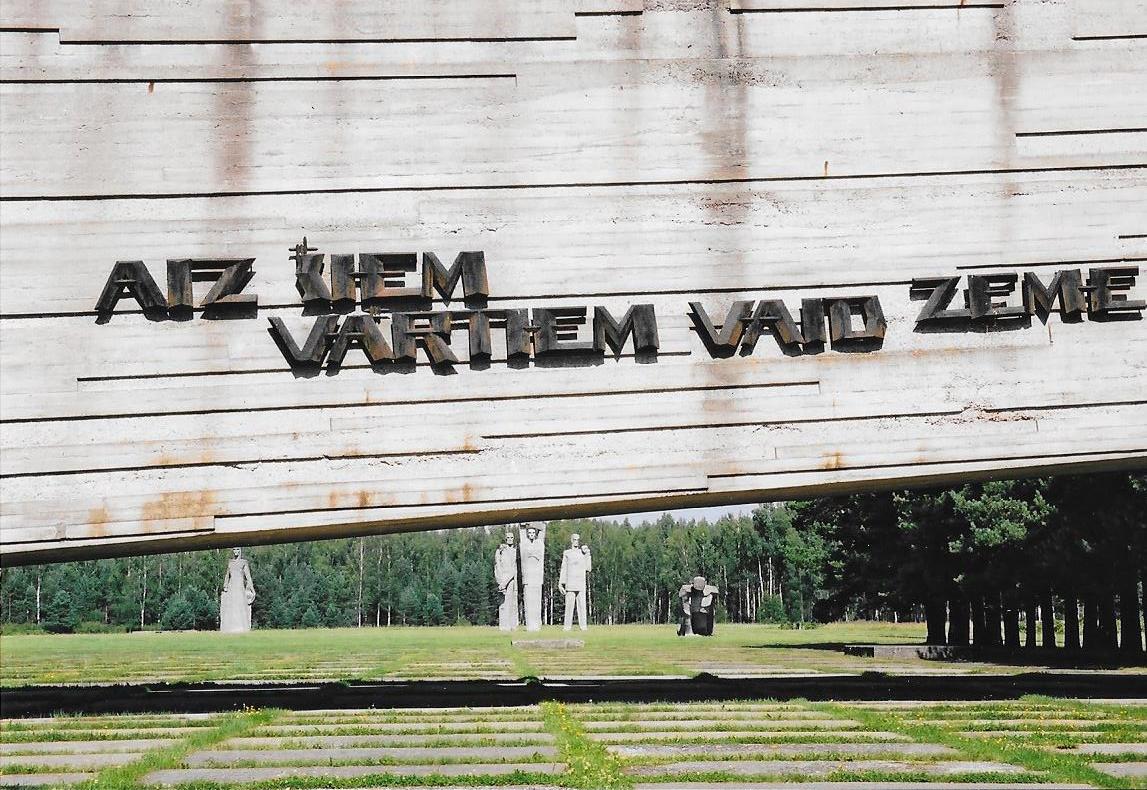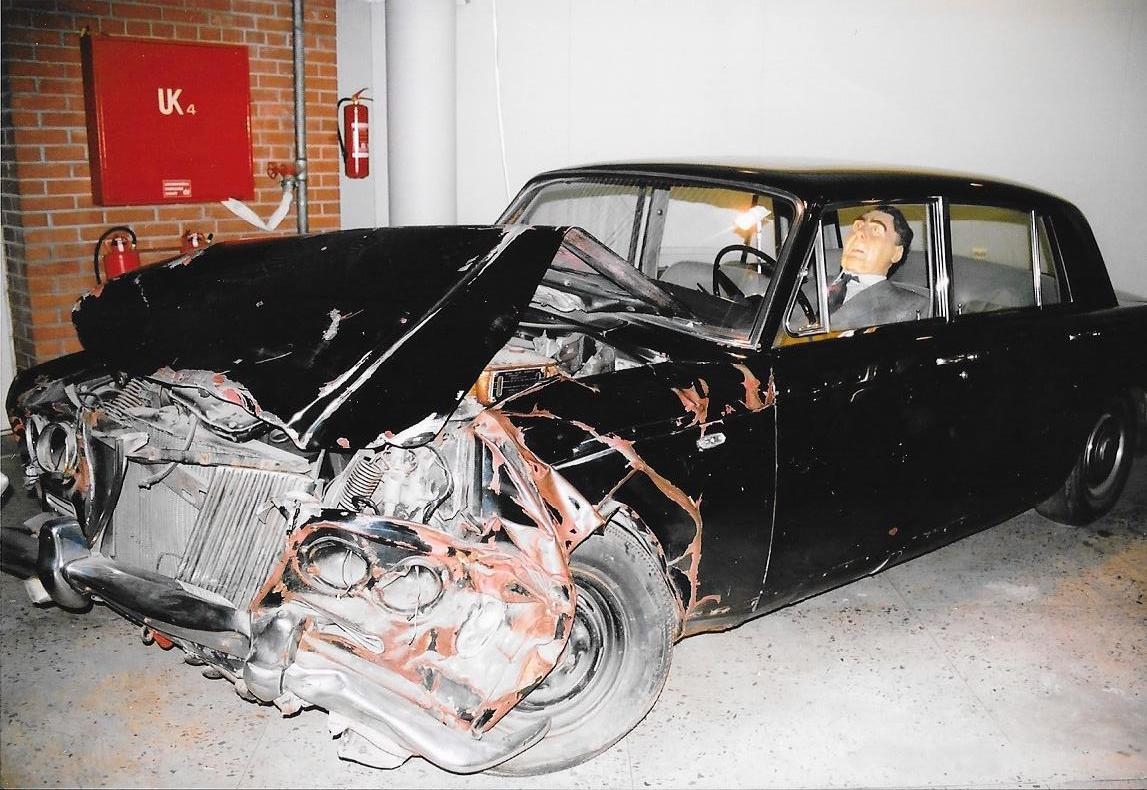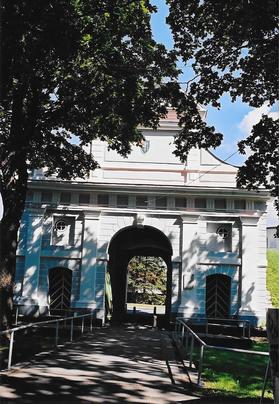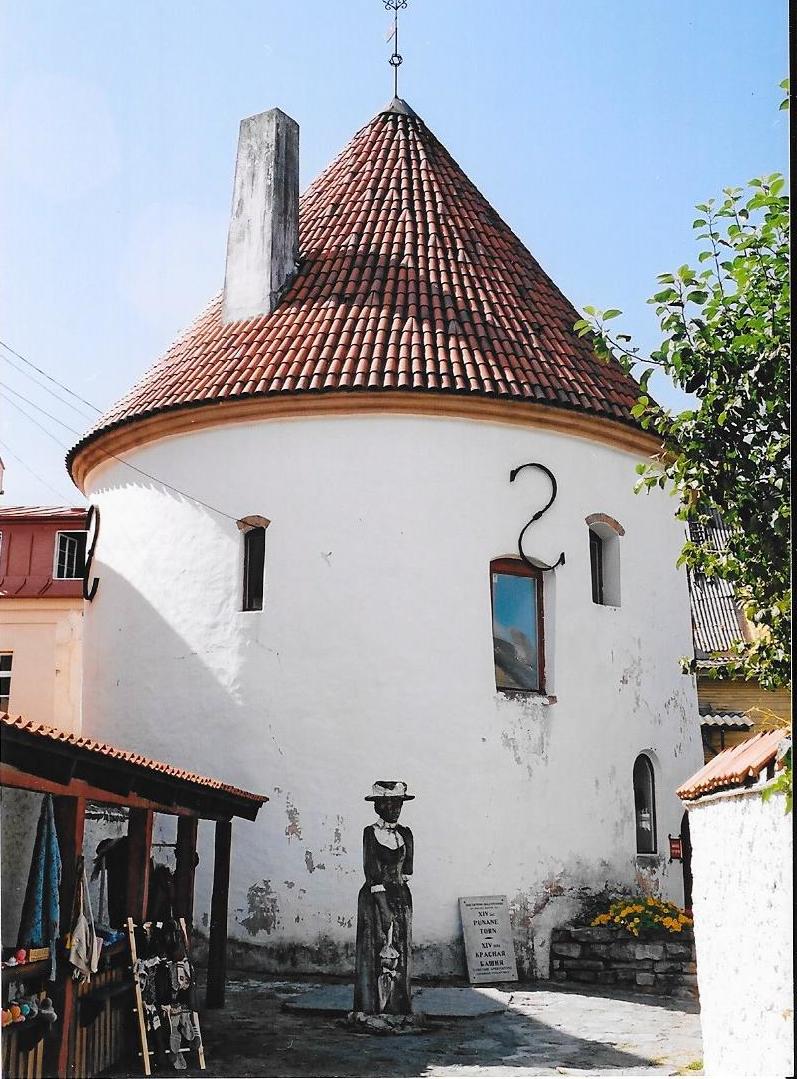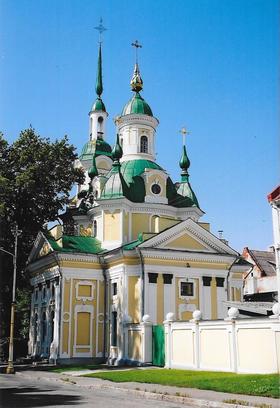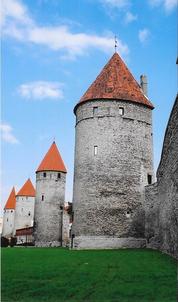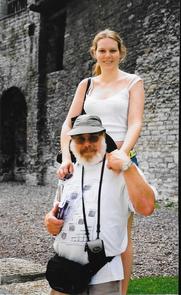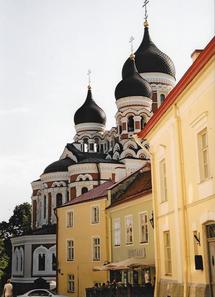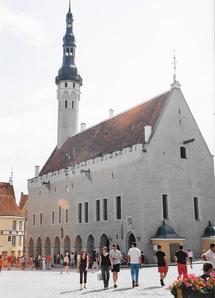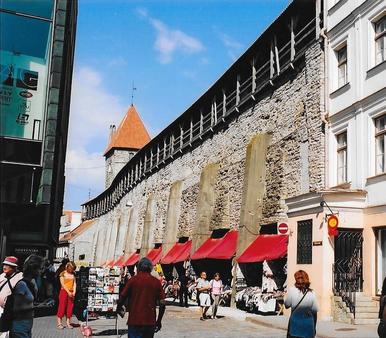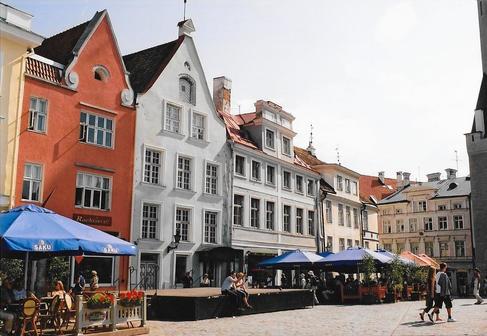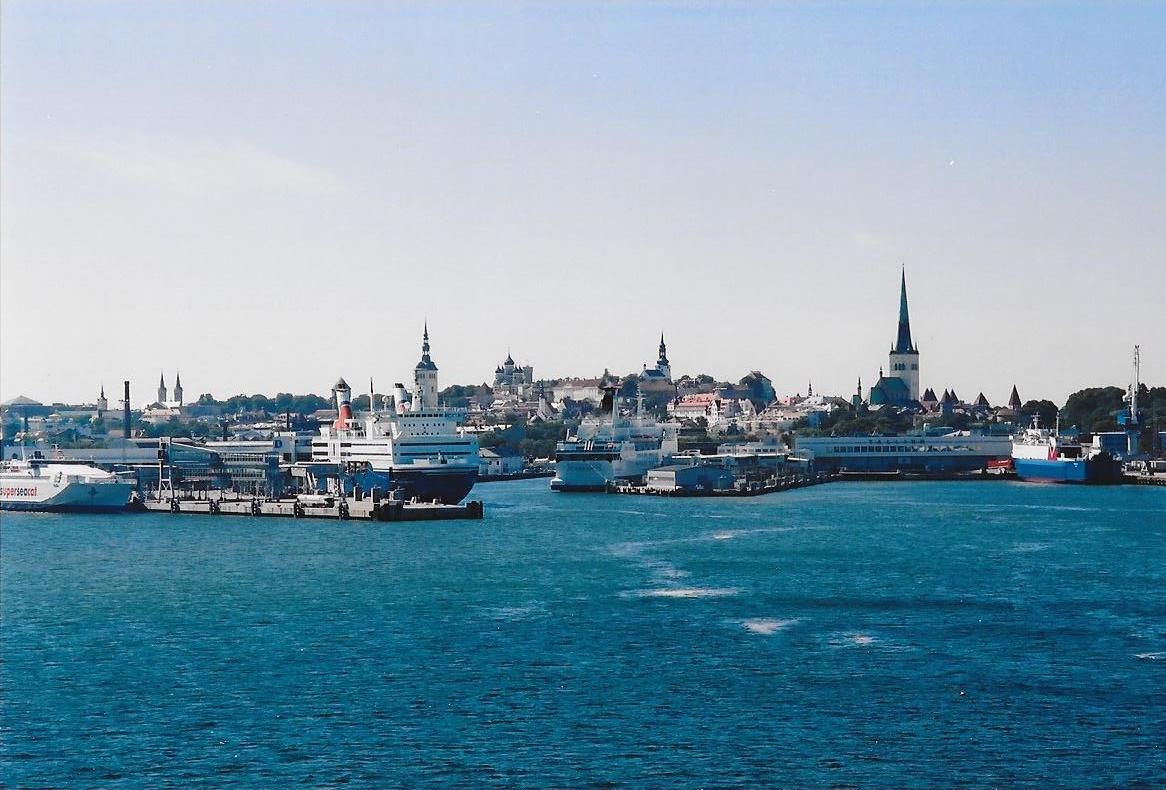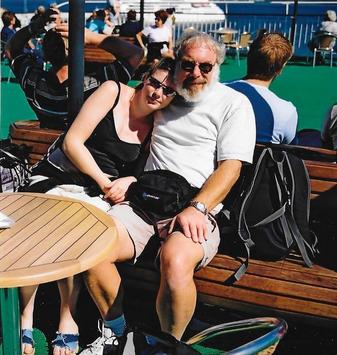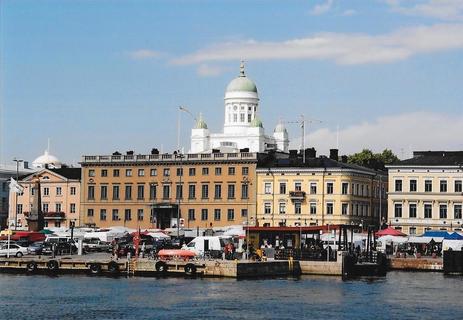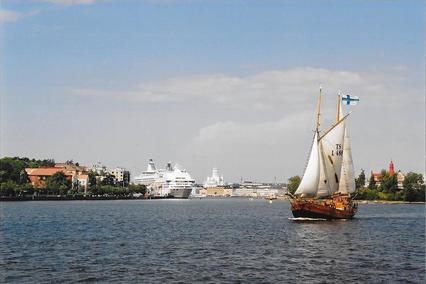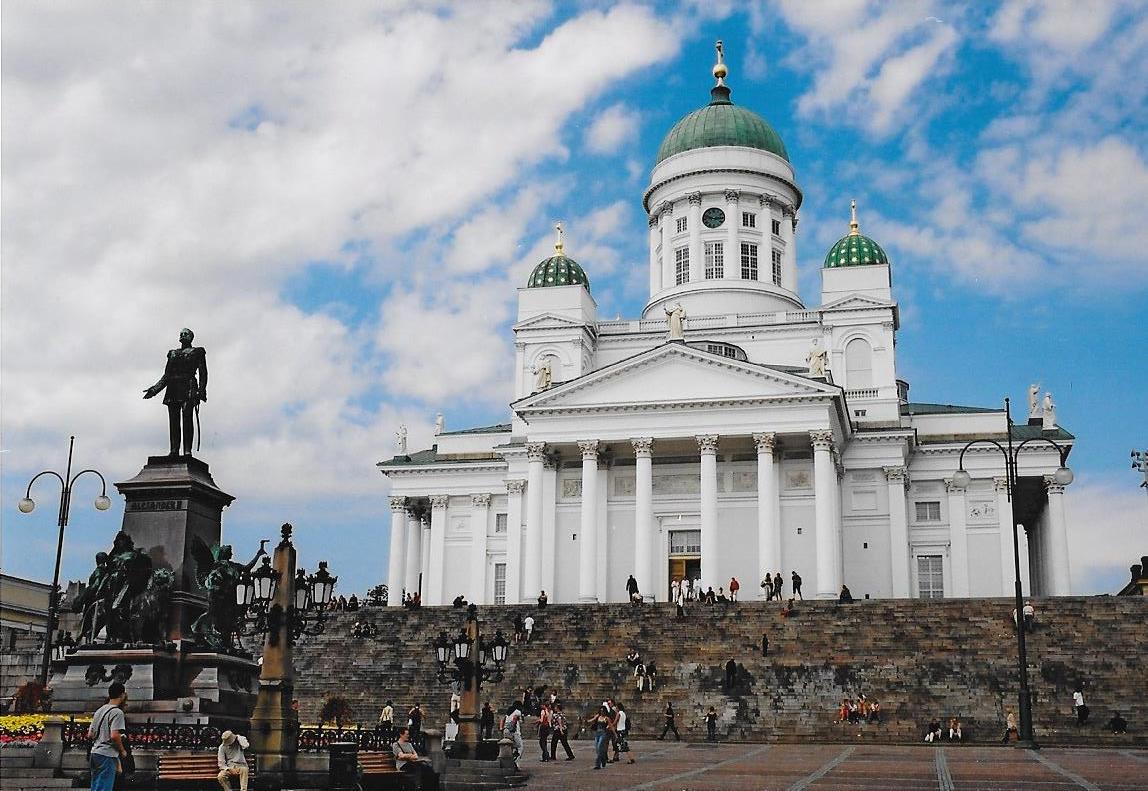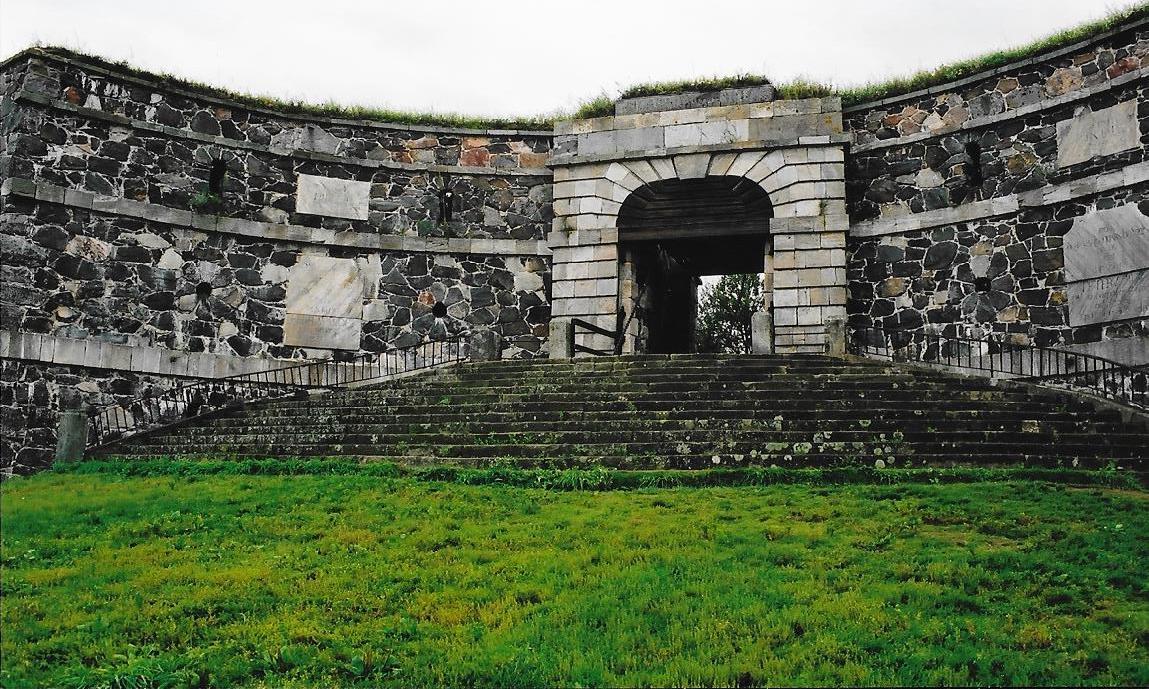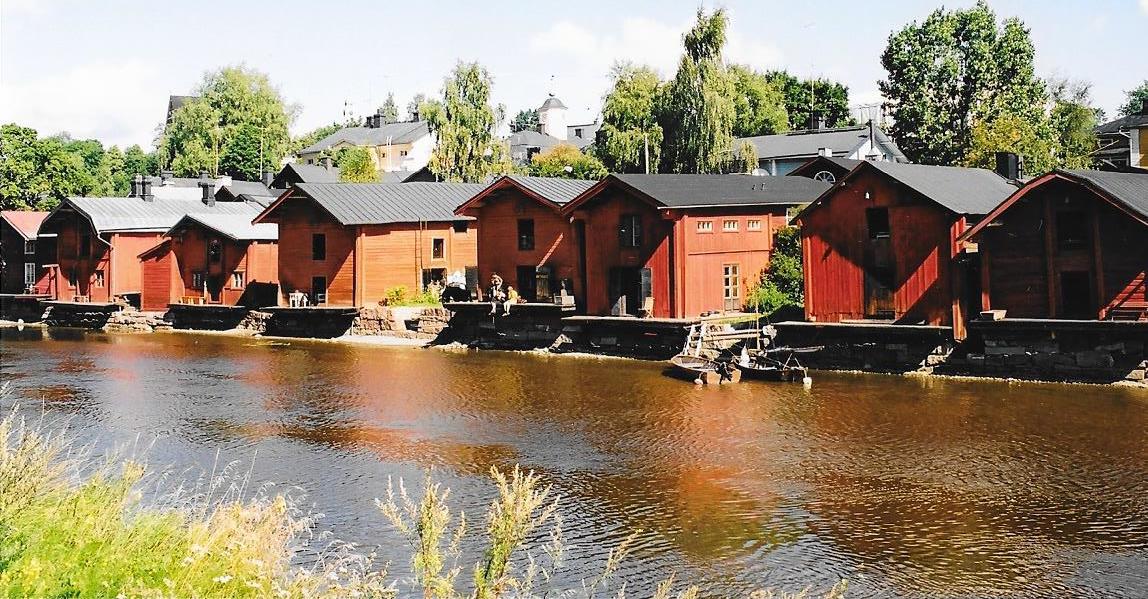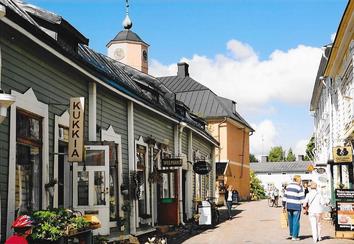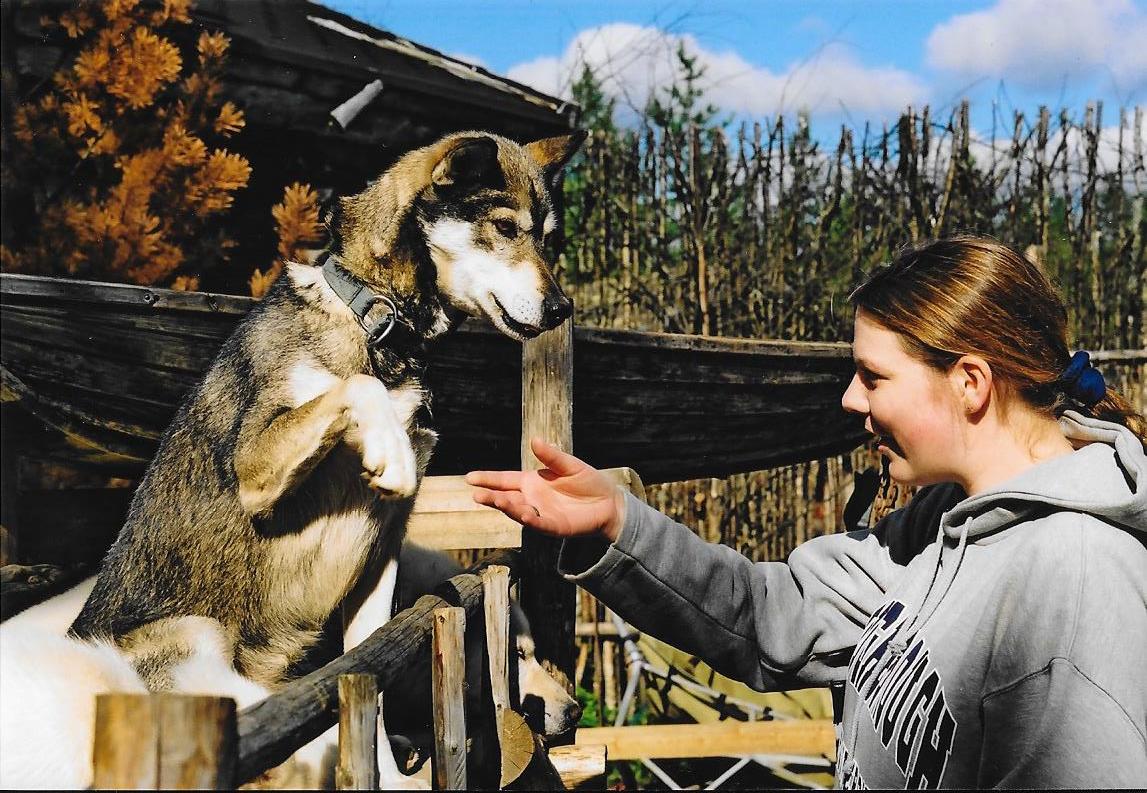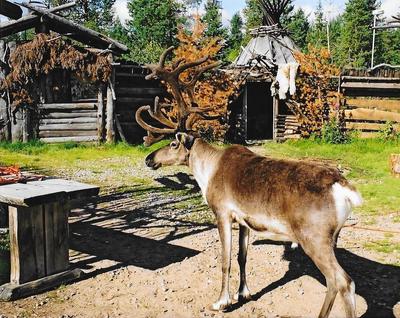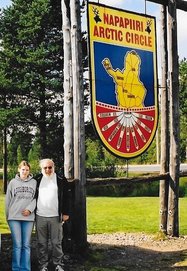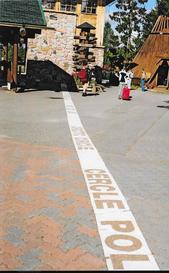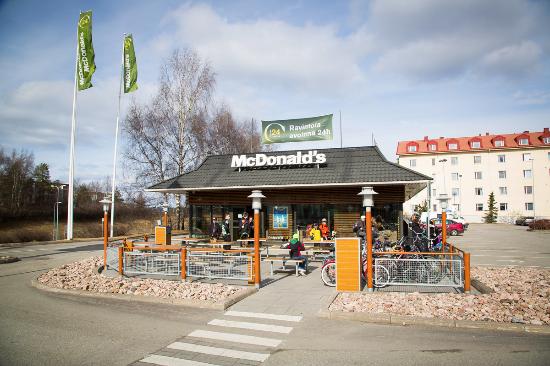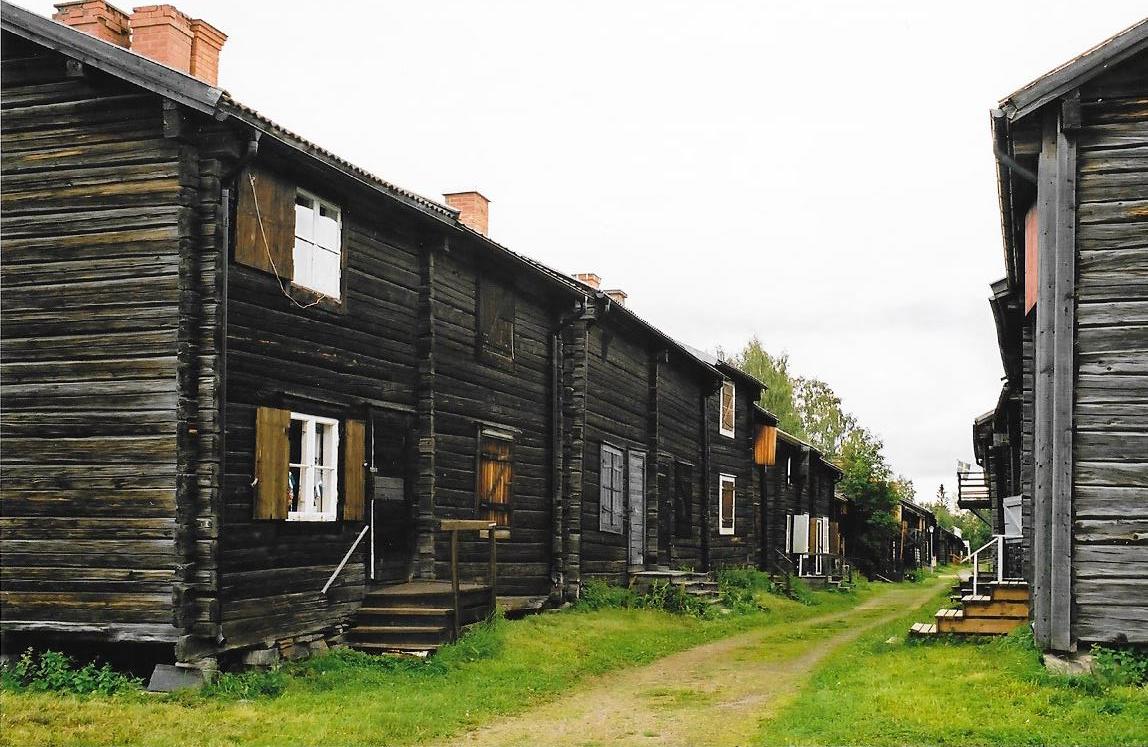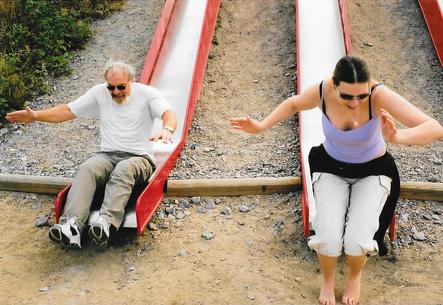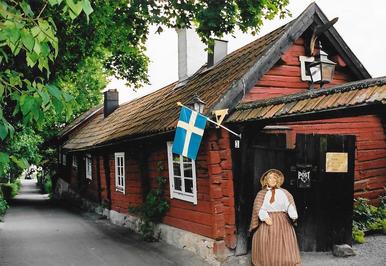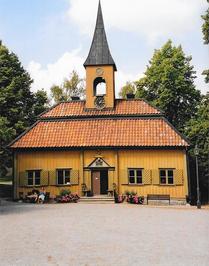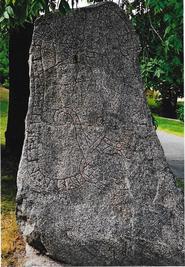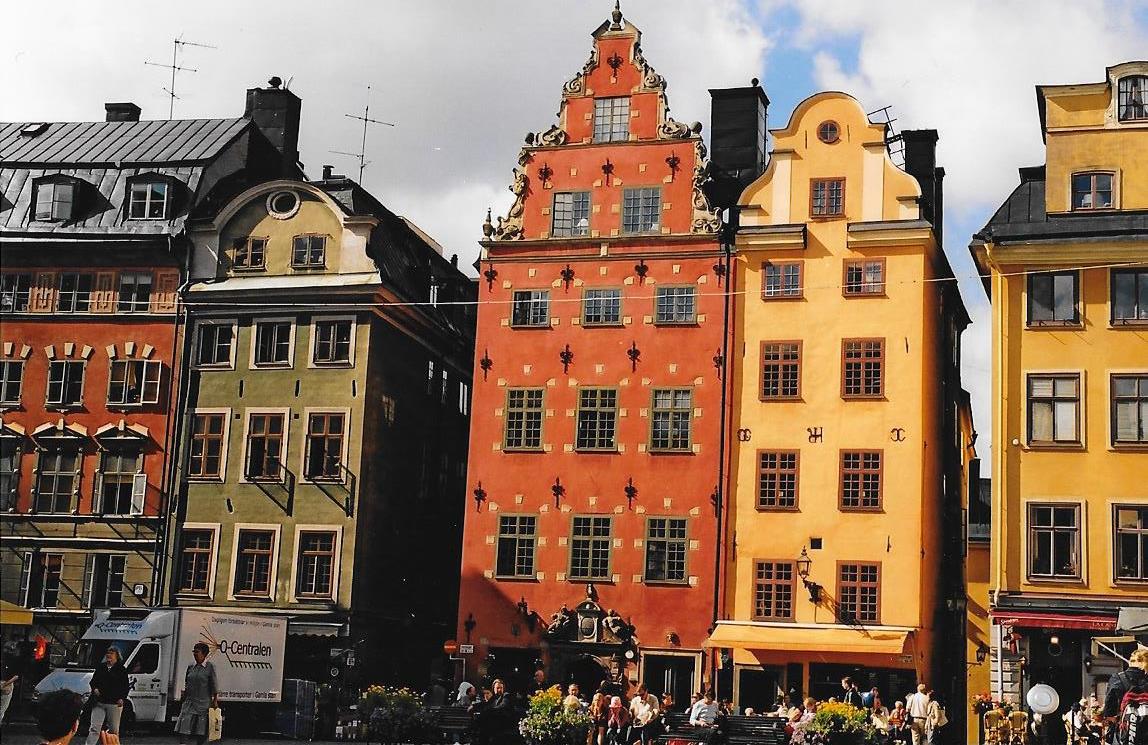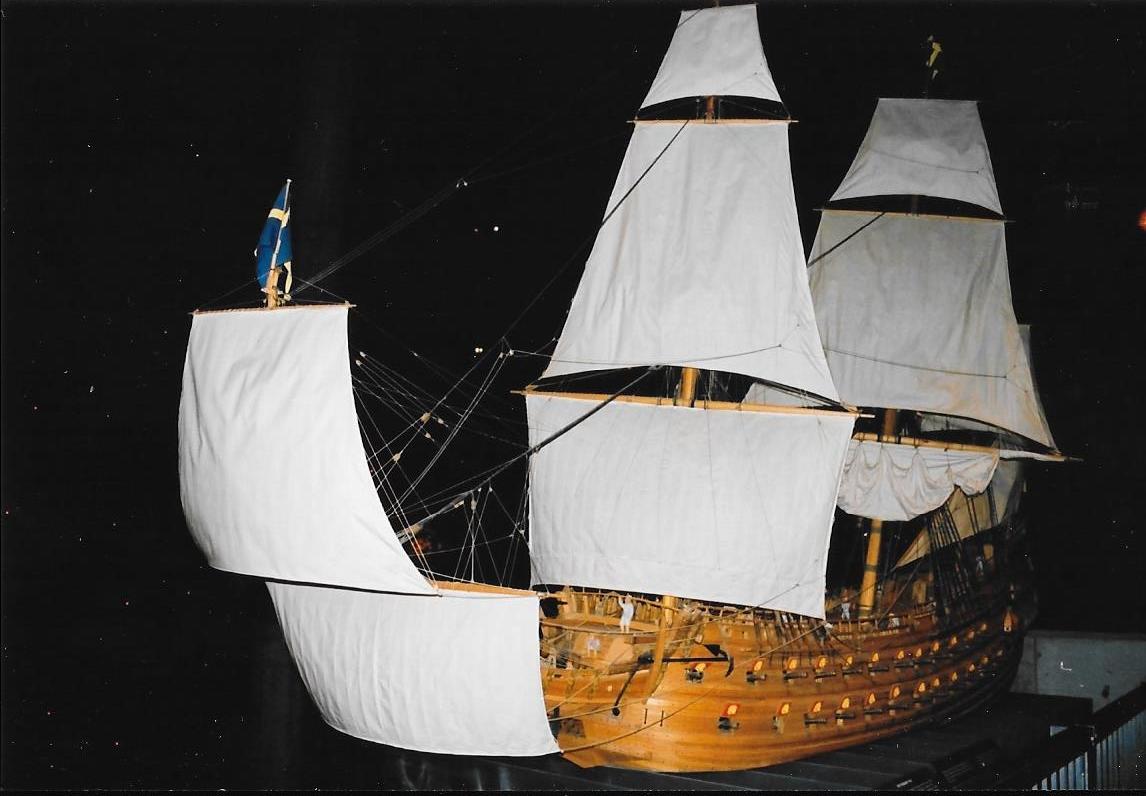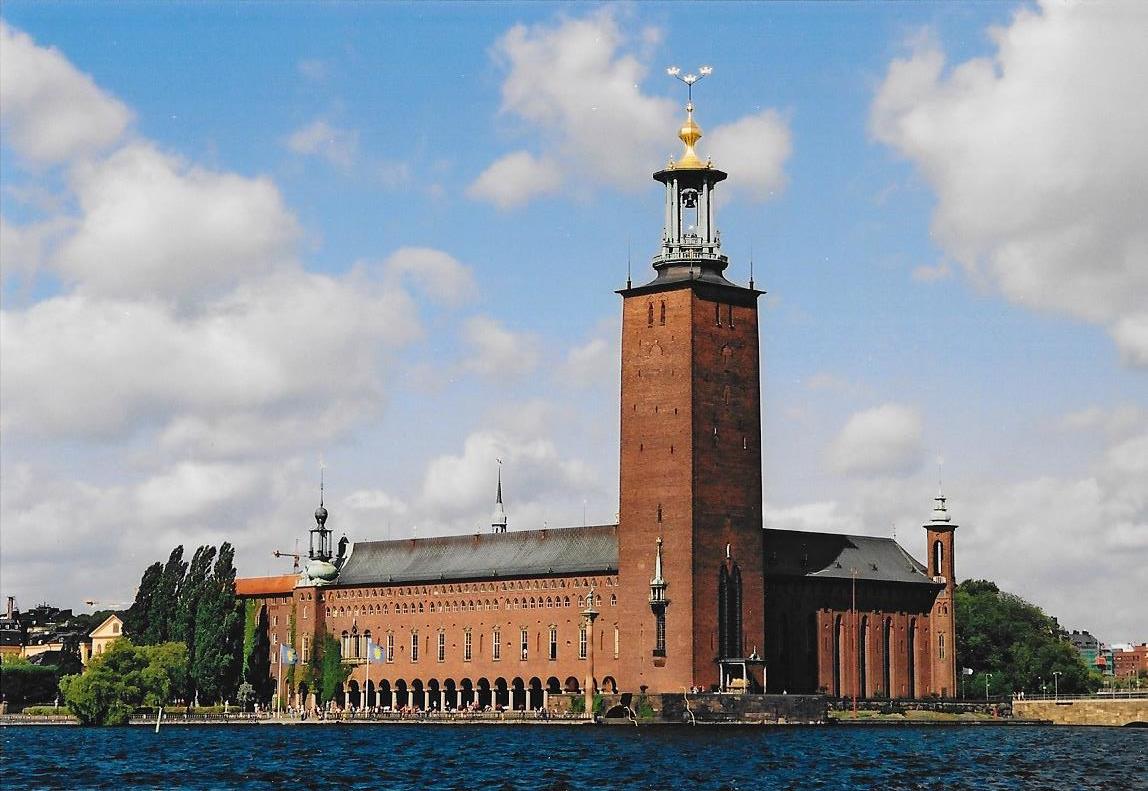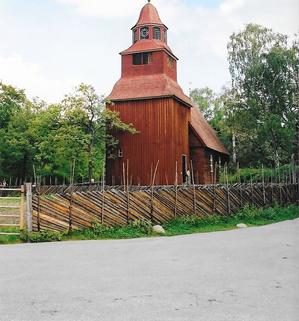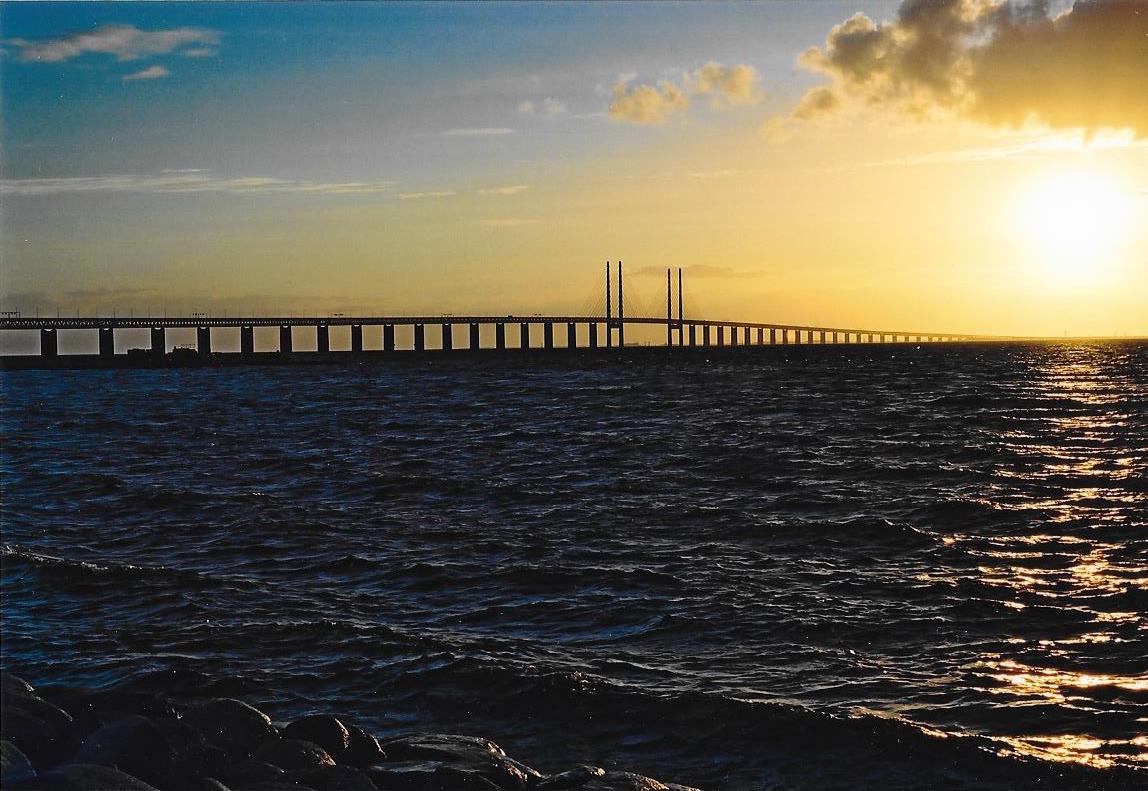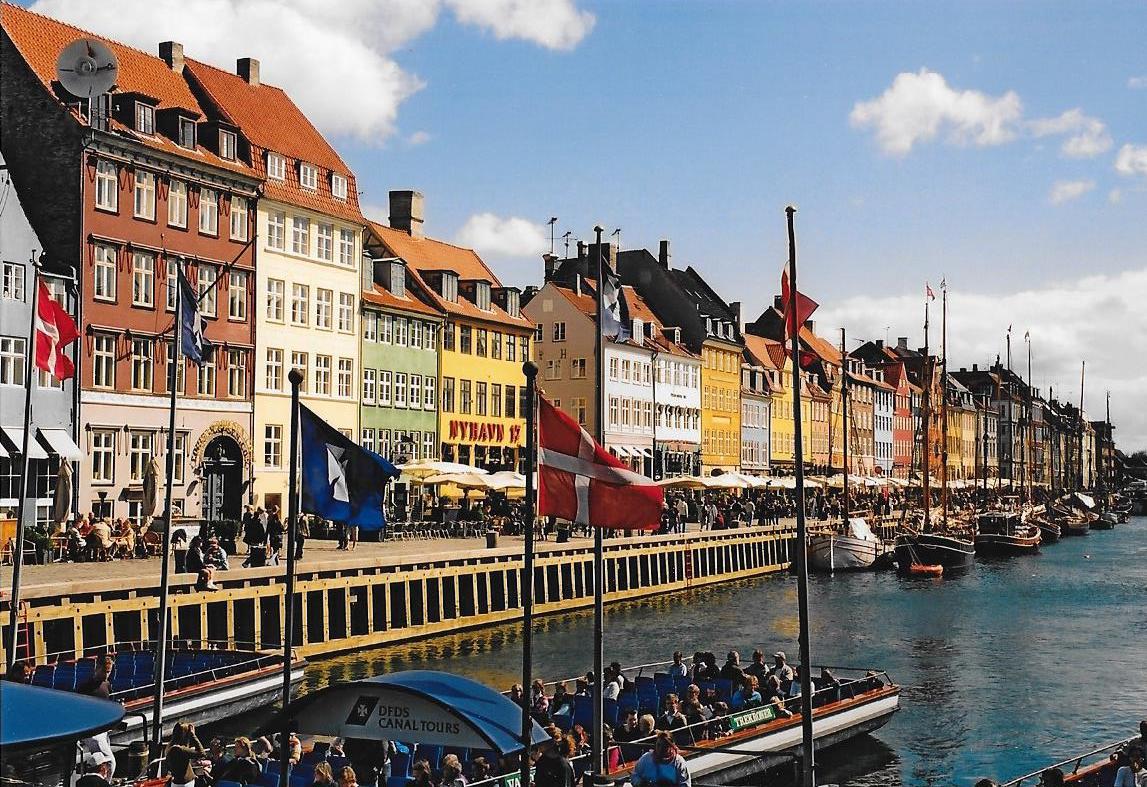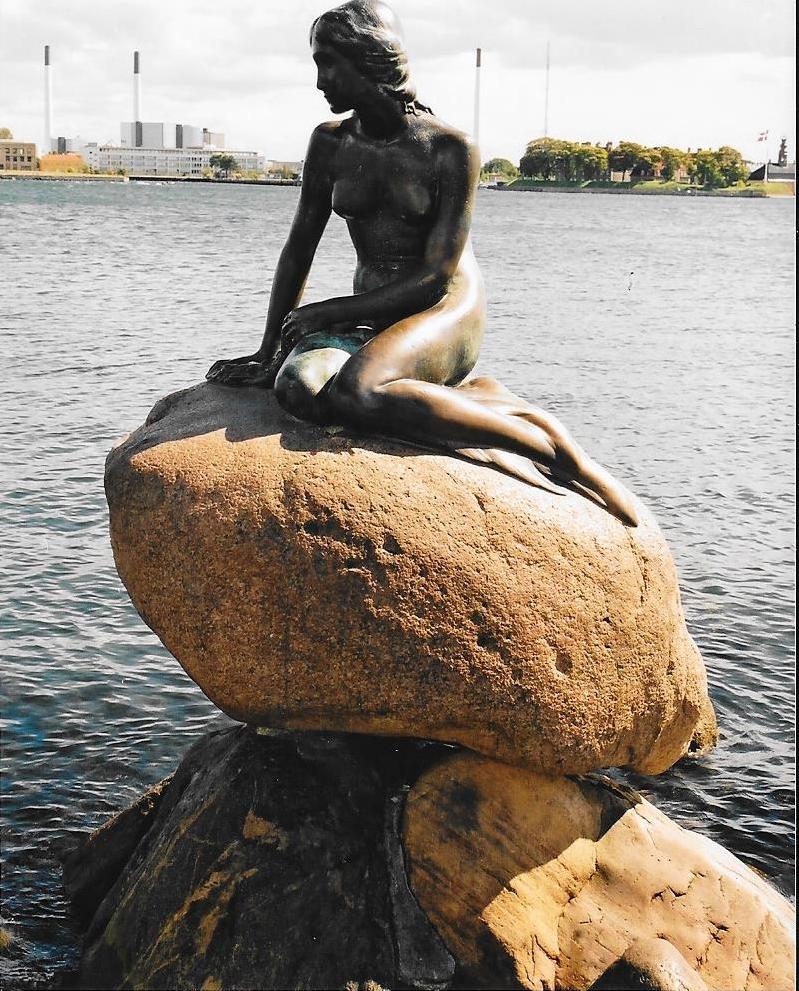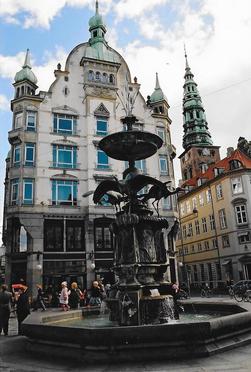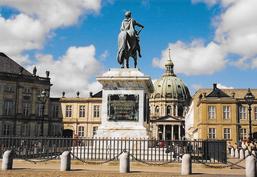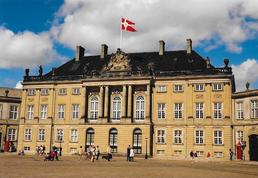Cruising Around the Baltic
Visited Rinteln, Lubeck and Wismar before heading into Poland.
A strategic and highly influential port for nearly a thousand years, Gdańsk was a stronghold of the Teutonic Knights and later became an influential city within the Hanseatic League during the Middle Ages.
In August 1980, the former Lenin Shipyard in Gdańsk became the cradle of Solidarity – a social and political movement which stirred up hope for independence in the Polish society. The 18-day-long strike in 1980 ended on August 31st with signing a treaty between the strikers and the authorities.
Visited the castle of Malbork and the old city of Torun. The Castle of Malbork, built by the Teutonic Knights, is the largest castle in the world.
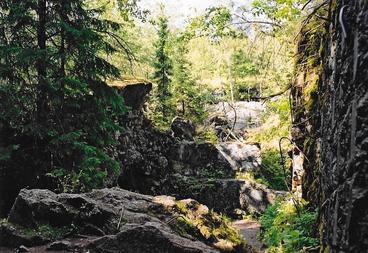
Before 1945, Gierloz was part of Germany (East Prussia). Between June 21 1941 and November 20 1944, Adolf Hitler's military headquarters were situated here in a bunker, called The Wolf's Lair.
An aura of evil hung over the place. It was eerily calm and deadly quiet except for the buzzing of large swarms of enormous horse-flies.
Crossed the border into Lithuania. Stayed the next three nights at Camping Harmonia, Rudiskes.
The Open Air Museum of Lithuania in Rumšiškės, on a picturesque coast of Kaunas Lagoon, is one of the largest open-air ethnographic museums in Europe. It has a huge quantity of exhibits. The museum presents the mode of life, works, and traditions of peasants and townspeople of Lithuania.
Then visited the city and castle of Trakai.
The Open Air Museum of Lithuania in Rumšiškės, on a picturesque coast of Kaunas Lagoon, is one of the largest open-air ethnographic museums in Europe. It has a huge quantity of exhibits. The museum presents the mode of life, works, and traditions of peasants and townspeople of Lithuania.
Then visited the city and castle of Trakai.
Visited the Nazi Death Camp at Paneriai.
After the Soviet annexation of Lithuania in June 1940, the construction of an oil storage facility began near Paneriai, in conjunction with a military airfield. That project was never completed, and in June 1941 the area was overrun by Wehrmacht. The Nazis decided to use the large pits excavated for the oil storage tanks to dispose of bodies of the condemned locals.
The murders took place between July 1941 and August 1944. Some 70,000 Jews were murdered along with 20,000 Poles and 8,000 Russian POWs.
The campsite owner drove us to the railway station so that we could take the train to Vilnius. Spent the day visiting the sights. The owner was there to drive us back at the end of the day.
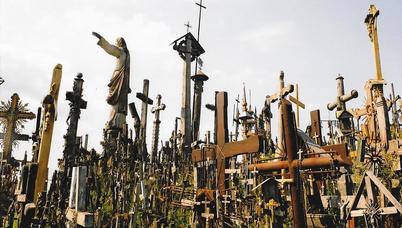
The Hill of Crosses is a site of pilgrimage about 12 km north of the city of Siauliai. The precise origin of the practice of leaving crosses on the hill is uncertain, but it is believed that the first crosses were placed on the former Jurgaičiai or Domantai hill fort after the 1831 Uprising. Over the generations, not only crosses and crucifixes, but statues of the Virgin Mary, carvings of Lithuanian patriots and thousands of tiny effigies and rosaries have been brought here by Catholic pilgrims.
During the years 1944–1990 the Soviets worked hard to remove new crosses, and bulldozed the site at least three times.
During the years 1944–1990 the Soviets worked hard to remove new crosses, and bulldozed the site at least three times.
Crossed the border into Latvia. Stayed at Camping Jurmala. Visited Riga.
Salaspils concentration camp was established at the end of 1941 at a point 11 miles southeast of Riga. The Nazi bureaucracy drew distinctions between different types of camps. Officially, Salaspils was a Police Prison and Work Education Camp. About 12,000 prisoners went through the camp during its existence. About 2,000 people died here due to illness, heavy labour, executions, epidemics, etc. In 1967 a memorial was established in Salaspils, which included an exhibit room, several sculptures and a large marble block.
Visited Riga Motor Museum where the Rolls-Royce Silver Shadow crashed by Leonid Brezhnev is on display.
Crossed the border into Estonia. Stayed at Kense Camping, Parnu. Spent a day visiting the city.
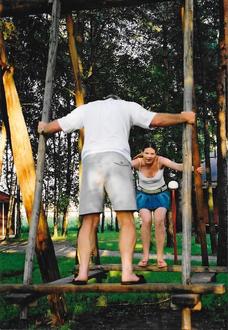
Tallinn, the capital and largest city of Estonia, was founded in 1248, but the earliest human settlements date back 5,000 years
Due to its strategic location, the city became a major trade hub, especially from the 14th to the 16th century, when it grew in importance as part of the Hanseatic League. Tallinn's Old Town is one of the best preserved medieval cities in Europe.
Stayed at Camping Motel Peoleo. Parking was on gravel in the hotel grounds and we had use of a motel room for toilet and showers. Hotel complex was guarded. The hotel was set in parkland and included a fun play area!
Just under 10 miles from Tallinn, it provided an excellent base for visiting the city. Viewed the major attractions, the medieval Toompea Castle, the Russian Orthodox Alexander Nevsky Cathedral, the Lutheran St Mary's Cathedral, the Town Hall Square, city walls, the churches of St Olaf, St Nicholas and the church of the Holy Ghost.privacy reminder from
MS Romantica took us from Tallinn to Helsinki. Our first two nights in Finland where spent at Camping Rastila, Helsinki. Took the train into Helsinki to explore the city.
Visited the Old Town of Poorvoo, famous for its wooden houses.
Heading north we visited the Arctic Circle Animal Park before crossing the Arctic Circle at Rovaniema. It was the height of summer but still unbelievably cold. Had dinner at the most northerly MacDonald's on the planet!
Crossed the border into Sweden and headed south. Visited the Open Air Museum at Skelleftea.
Sigtuna is the oldest town in Sweden, having been founded in 980. It has a picturesque medieval town centre with restaurants, cafes and small shops. The old church ruins, runic stones and Stora gatan, the old main street, are popular attractions.
Stayed four nights at Camping Bredang, Stockholm. A large city site, it had good transport links into the city. Viewed the city sights and visited the Vasa Maritime Museum and the Skansen Open-Air Museum.
Stayed at Camping Sibbarps, Malmo before crossing over to Denmark. Superb views of the Oresund Bridge. We then spent a few days in Denmark, staying at Camping Taps, Kolding.
